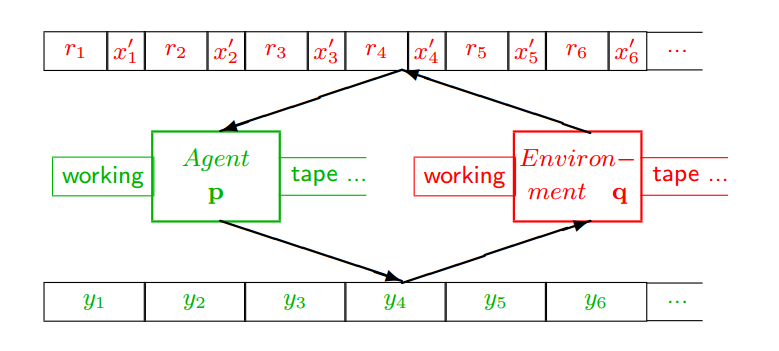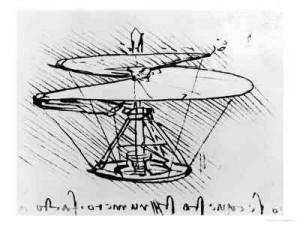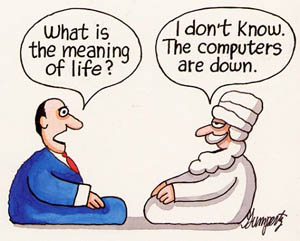 Perhaps idiosyncratic to some is my focus in the previous post on the theoretical background to machine learning that derives predominantly from algorithmic information theory and, in particular, Solomonoff’s theory of induction. I do note that there are other theories that can be brought to bear, including Vapnik’s Structural Risk Minimization and Valiant’s PAC-learning theory. Moreover, perceptrons and vector quantization methods and so forth derive from completely separate principals that can then be cast into more fundamental problems in informational geometry and physics.
Perhaps idiosyncratic to some is my focus in the previous post on the theoretical background to machine learning that derives predominantly from algorithmic information theory and, in particular, Solomonoff’s theory of induction. I do note that there are other theories that can be brought to bear, including Vapnik’s Structural Risk Minimization and Valiant’s PAC-learning theory. Moreover, perceptrons and vector quantization methods and so forth derive from completely separate principals that can then be cast into more fundamental problems in informational geometry and physics.
Artificial General Intelligence (AGI) is then perhaps the hard problem on the horizon that I disclaim as having had significant progress in the past twenty years of so. That is not to say that I am not an enthusiastic student of the topic and field, just that I don’t see risk levels from intelligent AIs rising to what we should consider a real threat. This topic of how to grade threats deserves deeper treatment, of course, and is at the heart of everything from so-called “nanny state” interventions in food and product safety to how to construct policy around global warming. Luckily–and unlike both those topics–killer AIs don’t threaten us at all quite yet.
But what about simply characterizing what AGIs might look like and how we can even tell when they arise? Mildly interesting is Simon Legg and Joel Veness’ idea of an Artificial Intelligence Quotient or AIQ that they expand on in An Approximation of the Universal Intelligence Measure. This measure is derived from, voilà, exactly the kind of algorithmic information theory (AIT) and compression arguments that I lead with in the slide deck. Is this the only theory around for AGI? Pretty much, but different perspectives tend to lead to slightly different focuses.… Read the rest







 The impossibility of the Chinese Room has implications across the board for understanding what meaning means. Mark Walker’s paper “
The impossibility of the Chinese Room has implications across the board for understanding what meaning means. Mark Walker’s paper “